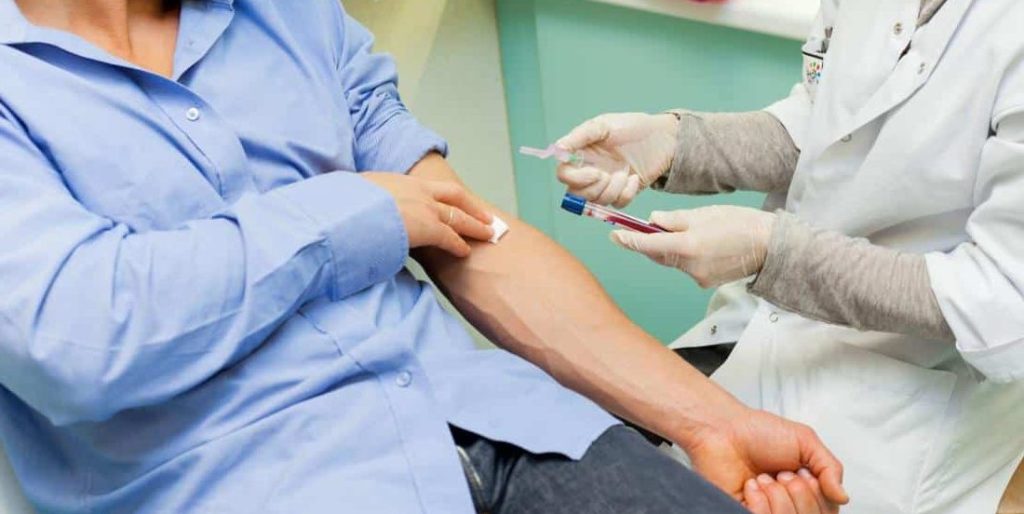HIV viral load measures the concentration of the HIV virus in the blood. It helps assess the severity of an HIV infection and the likelihood of developing AIDS. Additionally, it can indicate the effectiveness of antiretroviral therapy (ART).
What Does It Tell You?
Viral load refers to the amount of HIV in bodily fluids such as blood and semen. A higher viral load suggests increased virus activity and a greater risk of transmission.
A high viral load indicates that your medication may not be working effectively, and the infection is more active. This increases the likelihood of complications and illnesses related to a weakened immune system, and it might also mean a higher risk of progressing to AIDS.
Achieving a viral load below 100 copies/mL can grant you an “undetectable” status, while a viral load above 400 copies/mL increases the risk of developing AIDS. An undetectable HIV status stops the disease’s progression, enabling individuals to live longer and significantly reducing the risk of transmitting the virus to others.
Viral Load Test
A viral load test measures the amount of HIV in a person’s blood. It helps determine whether treatment is needed and monitors the effectiveness of existing antiretroviral therapy (ART).
The test detects HIV RNA, the virus’s genetic material that guides its replication. Compared to older HIV tests, RT-PCR (real-time polymerase chain reaction) tests are much more sensitive, detecting as few as 20 copies of HIV RNA per milliliter of blood.
Here’s a breakdown of viral load test results and what they mean:
High viral load: Between 100,000 to a million HIV RNA copies. This indicates rapid virus replication and a heightened risk of developing AIDS.
Lower viral load: Below 10,000 copies. This shows slower virus replication and less immediate threat to the immune system.
Undetectable viral load: Less than 20 copies. This is the goal of HIV treatment but does not signify a cure.
It’s crucial to get a viral load test after an HIV diagnosis. This provides a baseline measurement to help your doctor compare future results and track treatment efficacy.
How Fast Does Your Viral Load Increase Without Meds?
The rate at which viral load increases without medication varies among individuals. However, according to the National Institutes of Health, an increase of over 100 copies per milliliter generally indicates the need for HIV treatment.
Without medication, a person’s viral load can increase rapidly, multiplying more than tenfold from a few hundred copies. It can grow millions of times more if left untreated and already at high levels.
